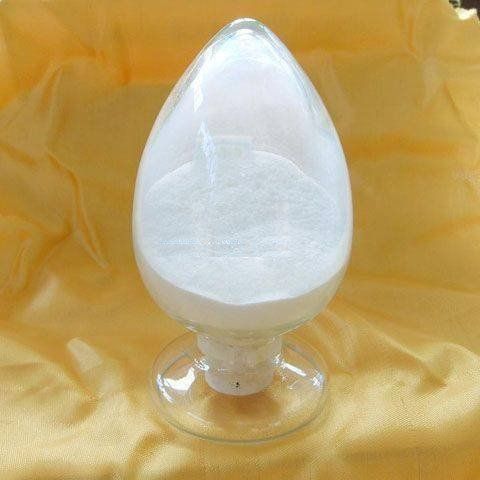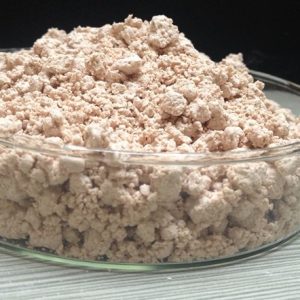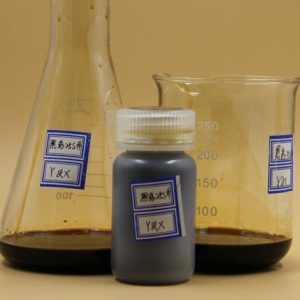Description
Ammonium Dibutyl Dithiophosphate: The Unsung Hero of Mineral Processing
Beyond the Lab: Understanding the Versatile Role of Ammonium Dibutyl Dithiophosphate
Ammonium Dibutyl Dithiophosphate: A Closer Look at a Key Industrial Compound
Here’s a comprehensive article structure incorporating key aspects:
Article:
Ammonium Dibutyl Dithiophosphate: The Unsung Hero of Mineral Processing
In the realm of industrial chemistry, certain compounds play crucial, yet often overlooked, roles in various processes. Ammonium Dibutyl Dithiophosphate (ABDTP) is one such compound. While you might not encounter it in everyday life, ABDTP is a vital component in the extraction and processing of valuable metals, particularly in mining. This article delves into the properties, applications, and overall significance of this important industrial chemical.
What is Ammonium Dibutyl Dithiophosphate?
Ammonium Dibutyl Dithiophosphate is an organophosphorus compound, typically represented by the chemical formula (C4H9O)2P(S)SNH4. It belongs to the family of dithiophosphate compounds and is essentially a salt formed from dibutyl dithiophosphoric acid and ammonia. This gives it a specific molecular structure that dictates its behavior and interactions with other substances.
Key Properties:
Chemical Structure: Its structure features a central phosphorus atom bonded to two sulfur atoms, two butoxy groups, and an ammonium group. This unique arrangement makes it both polar and slightly hydrophobic.
Appearance: ABDTP is typically a pale yellow or amber liquid at room temperature.
Solubility: It exhibits moderate solubility in water but is more soluble in organic solvents.
Reactivity: As a dithiophosphate, it’s known for its ability to react with metal ions, particularly those of heavy metals.
Stability: It is generally stable under normal storage conditions but should be kept away from strong oxidizing agents.
Primary Application: Mineral Flotation
The most significant use of Ammonium Dibutyl Dithiophosphate is in mineral flotation, an essential step in the mining industry. This process separates valuable minerals from gangue (unwanted rock material) through differences in their surface properties. Here’s how ABDTP comes into play:
Collector Role: ABDTP acts as a collector. In mineral flotation, collector chemicals are used to modify the surface of the desired minerals, making them hydrophobic (water-repelling). Once the mineral surface is hydrophobic, it attaches to air bubbles introduced into a slurry, allowing them to float to the surface, where they can be collected.
Selective Binding: ABDTP exhibits a particular affinity for certain metal sulfides, such as those containing copper, lead, zinc, and nickel. This selective binding mechanism is crucial for achieving efficient mineral separation. By preferentially adhering to the desired minerals, ABDTP ensures that these minerals are the primary ones being floated whilst the impurities are left behind.
Mechanism of Action
The functionality of ABDTP as collector is based on its ability to chelate with metal ions present on the surfaces of sulphide minerals. The sulfur atoms in ABDTP form strong coordinate bonds with these metals, changing the mineral surface property from hydrophilic (water-attracting) to hydrophobic. Consequently, the mineral particles become attached to air bubbles and are carried up to the froth layer at the top of the flotation cell.
Benefits of Using Ammonium Dibutyl Dithiophosphate:
Efficiency: It effectively improves the separation and recovery of valuable minerals.
Selectivity: Its selectivity helps to reduce mineral losses and concentrate the desired metals more effectively.
Versatility: It can be used in flotation processes for a variety of metal sulfides.
Cost-Effective: Compared to some other flotation reagents, ABDTP can be a commercially viable option.
Beyond Mining: Other Potential Uses:
While its primary role is in mineral processing, research is exploring potential applications for Ammonium Dibutyl Dithiophosphate in areas such as:
Heavy Metal Remediation: Its capacity to bind to heavy metals means it could be used to remove heavy metal contaminants from water.
Catalysis: Dithiophosphate compounds, in some cases, can act as catalysts or ligands in chemical reactions.
Considerations and Safety:
As with any industrial chemical, it’s crucial to handle ABDTP responsibly:
Toxicity: While not highly toxic, it should be handled with appropriate personal protective equipment (PPE), such as gloves and eye protection, to prevent skin or eye irritation.
Environmental Impact: Proper management of wastewater containing ABDTP and other flotation reagents is essential to minimize potential environmental impacts.
Storage: Store in a cool, dry, well-ventilated area, away from incompatible materials.
Conclusion:
Ammonium Dibutyl Dithiophosphate is a key player in mineral processing, facilitating the efficient extraction of valuable metals from their ores. While often a hidden component of many industrial operations, its role is critical for global supply chains of essential materials. As research continues, exploring its potential beyond mineral flotation may reveal even more applications for this versatile compound. Understanding the properties and applications of such compounds underscores the importance of chemistry in many aspects of modern life.












Reviews
There are no reviews yet.